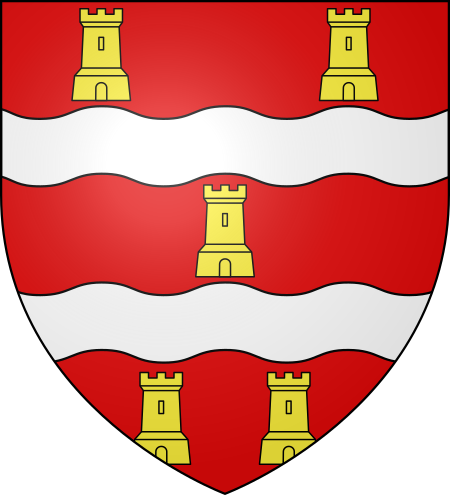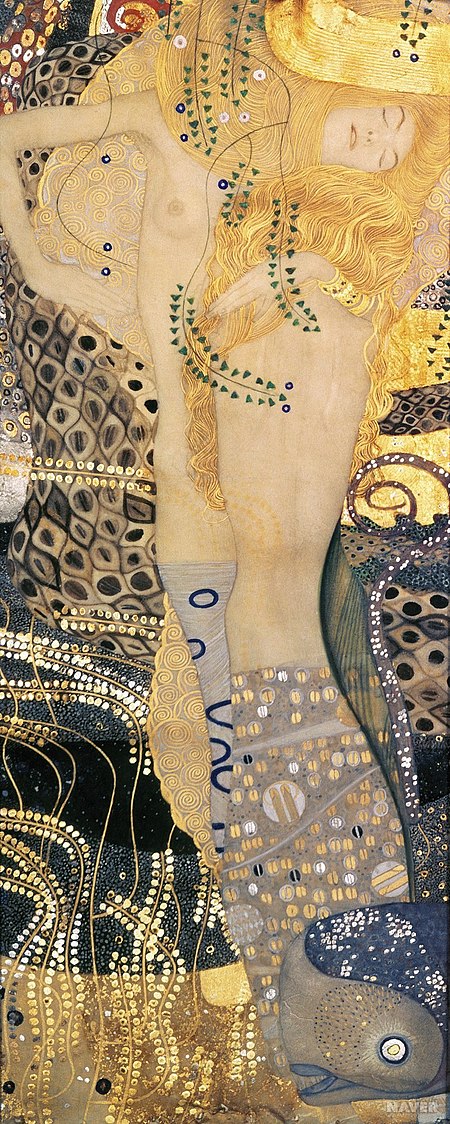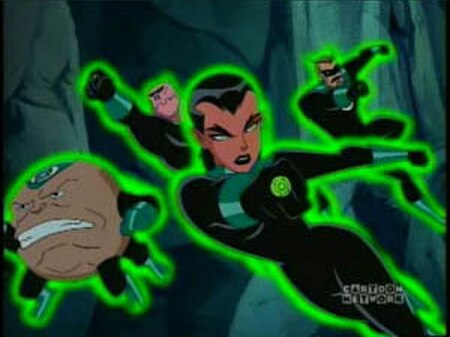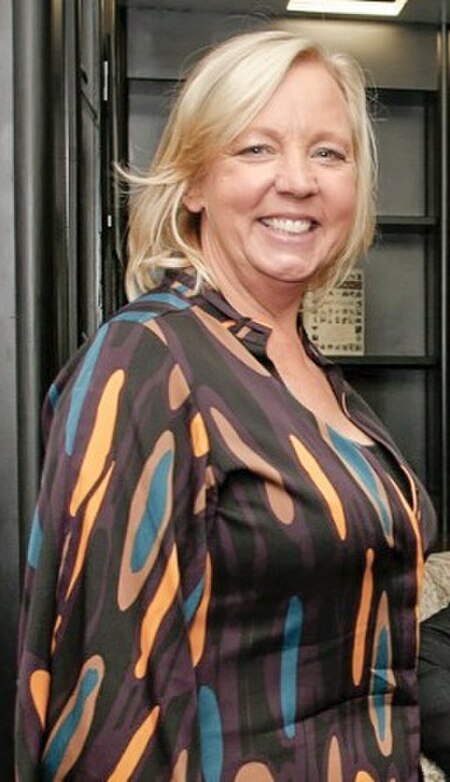Jean Starcky
| |||||||||||||||||||
Read other articles:

Aspect d'un terrain de cricket. La bande rectangulaire, au milieu du terrain, est la piste. Un terrain de cricket est une surface de gazon, généralement de forme légèrement ovale, sur laquelle se pratique le cricket. Au centre de celui-ci se trouve une surface rectangulaire sur laquelle se déroulent les lancers et où se trouvent les deux batteurs de l'équipe qui doit marquer : la piste. Description Forme et dimensions Corde servant à délimiter l'aire de jeu. Un terrain de cricket e…

Mellecomune Melle – Veduta LocalizzazioneStato Francia Regione Nuova Aquitania Dipartimento Deux-Sèvres ArrondissementNiort CantoneMelle TerritorioCoordinate46°13′N 0°08′W / 46.216667°N 0.133333°W46.216667; -0.133333 (Melle)Coordinate: 46°13′N 0°08′W / 46.216667°N 0.133333°W46.216667; -0.133333 (Melle) Altitudine119 m s.l.m. Superficie9,76 km² Abitanti3 909[1] (2009) Densità400,51 ab./km² Altre in…

Флаг гордости бисексуалов Бисексуальность Сексуальные ориентации Бисексуальность Пансексуальность Полисексуальность Моносексуальность Сексуальные идентичности Би-любопытство Гетерогибкость и гомогибкость Сексуальная текучесть Исследования Шка�…

尊敬的拿督斯里莫哈末·沙布Mohamad bin Sabu国会议员2018年9月24日末沙布在五角大楼与美国国防部长詹姆斯·马蒂斯会面农业及食品工业部部长现任就任日期2022年12月3日君主最高元首苏丹阿都拉最高元首苏丹依布拉欣·依斯迈首相安华·依布拉欣副职陈泓缣(2022年至2023年)亚瑟古律(2023年至今)前任羅納建迪国防部长任期2018年5月21日—2020年2月24日君主最高元首端姑莫哈末五世最�…

Adelaidecittà(EN) City of Adelaide Adelaide – VedutaSkyline della città LocalizzazioneStato Australia Stato federato Australia Meridionale Local government areaCittà di Adelaide TerritorioCoordinate34°55′00″S 138°36′03.6″E / 34.916667°S 138.601°E-34.916667; 138.601 (Adelaide)Coordinate: 34°55′00″S 138°36′03.6″E / 34.916667°S 138.601°E-34.916667; 138.601 (Adelaide) Altitudine1 m s.l.m. Superficie1 295 km² …

Web-based presentation software Microsoft SwayType of sitePresentation programAvailable in39 languagesList of languages Basque Bulgarian Catalan Chinese (Simplified) Chinese (Traditional) Croatian Czech Danish Dutch English Estonian Finnish French Galician German Greek Hungarian Indonesian Italian Japanese Kazakh Korean Latvian Lithuanian Malay(Malaysia) Norwegian (Bokmal) Polish Portuguese Portuguese (Brazil) Romanian Russian Serbian (Cyrillic, Serbia) Serbian (Latin, Serbia) Slovak Sloven…

Painting by Gustav Klimt Water Serpents IIArtistGustav KlimtYear1904–1907MediumOil on canvasDimensions80 cm × 145 cm (31 in × 57 in)LocationPrivate collection, Asia Water Serpents II, also referred to as Wasserschlangen II, is an oil painting made by Gustav Klimt in 1907. It is the follow-up painting to the earlier painting Water Serpents I. Like the first painting, Water Serpents II deals with the sensuality of women's bodies and same-sex relationsh…
2020年夏季奥林匹克运动会波兰代表團波兰国旗IOC編碼POLNOC波蘭奧林匹克委員會網站olimpijski.pl(英文)(波兰文)2020年夏季奥林匹克运动会(東京)2021年7月23日至8月8日(受2019冠状病毒病疫情影响推迟,但仍保留原定名称)運動員206參賽項目24个大项旗手开幕式:帕维尔·科热尼奥夫斯基(游泳)和马娅·沃什乔夫斯卡(自行车)[1]闭幕式:卡罗利娜·纳亚(皮划艇)[2…

Nyhavn 9The house seen from the other side of the canalGeneral informationLocationCopenhagen, DenmarkCoordinates55°40′50.76″N 12°35′19.4″E / 55.6807667°N 12.588722°E / 55.6807667; 12.588722Completed1681 Nyhavn 9 is a historic townhouse overlooking the Nyhavn Canal in central Copenhagen, Denmark. It dates back to the 17th century and is one of few buildings along the canal that was not heightened in the 19th century. The building was listed on the Danish Regist…

1978 studio album by José Cid10.000 Anos Depois Entre Venus E MarteStudio album by José CidReleased15 May 1978Recorded1977-1978GenreSymphonic rockProgressive rockLength39:09LabelOrfeuProducerJosé CidJosé Cid chronology Vida (Sons do Quotidiano)(1977) 10.000 Anos Depois Entre Venus E Marte(1978) Coisas Suas(1979) Professional ratingsReview scoresSourceRatingHippy[1] 10.000 Anos Depois Entre Vénus e Marte (In English: 10,000 Years Later Between Venus and Mars), is a progressiv…

Eudicotiledóneas o tricolpadas Primaveras (Primula)TaxonomíaReino: PlantaeDivisión: Angiospermae(sin rango): MesangiospermaeClase: EudicotyledoneaeDoyle & Hotton 1991[1]clados (órdenes) Ranunculales Sabiales Proteales Trochodendrales Buxales Gunneridae o eudicotas nucleares: Gunnerales Pentapetalae Berberidopsidales Dilleniales Caryophyllales Santalales Saxifragales Vitales Rósidas con unos 16 órdenes Astéridas con unos 10 órdenes Sinonimia Tricolpatae (Donoghue & D…

Comics character Katma TuiKatma Tui, as she appeared on the cover of Tales of the Green Lantern Corps Annual #3 (August 1987) Art by Joe StatonPublication informationPublisherDC ComicsFirst appearanceGreen Lantern vol. 2 #30 (July 1964)Created byJohn BroomeGil KaneIn-story informationFull nameKatma Tui StewartSpeciesKorugarianPlace of originKorugarTeam affiliationsGreen Lantern CorpsBlack Lantern CorpsNotable aliasesGreen LanternAbilitiesPower Ring Katma Tui is a comic book superhero, an extrate…

1999 video game 1999 video gameKen Griffey Jr.'s SlugfestNorth American Nintendo 64 box artDeveloper(s)Angel Studios (N64)Software Creations (GBC)Publisher(s)NintendoPlatform(s)Game Boy Color, Nintendo 64ReleaseNintendo 64NA: May 10, 1999[1]Game Boy ColorNA: June 3, 1999[2]Genre(s)SportsMode(s)Single-player, multiplayer Ken Griffey Jr.'s Slugfest is a baseball video game developed by Angel Studios and published by Nintendo for the Nintendo 64. It was released in May 1999 only in …

Politics of France Constitutions Fifth Republic Declaration of the Rights of Man and of the Citizen Executive President (list) Emmanuel Macron (LREM) Prime Minister (list) Gabriel Attal (LREM) Government Attal Legislature National Assembly: Membership President: Yaël Braun-Pivet Senate President: Gérard Larcher Congress of the French Parliament Judiciary Constitutional Council Council of State Court of Cassation Court of Audit Cour de Justice de la République Administrative divisions Regions …

Season of television series Gravity FallsSeason 1Promotional posterStarring Jason Ritter Kristen Schaal Alex Hirsch Linda Cardellini No. of episodes20ReleaseOriginal networkDisney ChannelOriginal releaseJune 15, 2012 (2012-06-15) –August 2, 2013 (2013-08-02)Season chronologyNext →Season 2 List of episodes The first season of the American animated television series Gravity Falls premiered on Disney Channel on June 15, 2012, and ended on August 2, 2013. The season contains …

Railway bridge in China The Weinan Weihe Grand Bridge (Chinese: 渭南渭河特大桥) is a part of the Zhengzhou–Xi'an High-Speed Railway which connects Zhengzhou and Xi'an, in China. The 79.732-kilometer (49.543 mi)-long bridge crosses the Wei River twice, as well as many other rivers, such as the Ling river, Luofu river, Xi river, Shi Di river and many more, highways and railways.[1] Upon its completion, it was the longest bridge in the world, but surpassed by two new bridg…

British businesswoman (born 1959) Deborah MeadenMeaden after a BBC's Dragons' Den appearance, 2011BornDeborah Sonia Charles (1959-02-11) 11 February 1959 (age 65)Taunton, Somerset, EnglandNationalityBritishEducationTrowbridge High SchoolAlma materBrighton Technical CollegeOccupationBusinesswomanKnown forDragons' DenStrictly Come DancingSpouse Paul Farmer (m. 1993)Websitedeborahmeaden.com Deborah Sonia Meaden (born 11 February 1959)[1][2&#…

LST-759 in San Francisco Bay, c. 1945–1946 History United States NameUSS LST-759 BuilderAmerican Bridge Company, Ambridge, Pennsylvania Laid down11 June 1944 Launched29 July 1944 Commissioned25 August 1944 Decommissioned29 March 1946 RenamedUSS Eddy County (LST-759), 1 July 1955 Stricken1 October 1958 Honours andawards1 battle star (World War II) General characteristics Class and typeLST-542-class tank landing ship Displacement 1,625 long tons (1,651 t) light 4,080 long tons (4,145 t…

Cuban baseball player (born 1982) In this Spanish name, the first or paternal surname is Betancourt and the second or maternal family name is Pérez. Baseball player Yuniesky BetancourtBetancourt with the Kansas City Royals in 2009ShortstopBorn: (1982-01-31) January 31, 1982 (age 42)Santa Clara, CubaBatted: RightThrew: RightProfessional debutMLB: July 28, 2005, for the Seattle MarinersNPB: March 28, 2014, for the Orix BuffaloesLast appearanceMLB: Septem…

Sainte-AgnèscomuneSainte-Agnès – Veduta LocalizzazioneStato Francia RegioneAlvernia-Rodano-Alpi Dipartimento Isère ArrondissementGrenoble CantoneLe Moyen-Grésivaudan TerritorioCoordinate45°14′N 5°55′E45°14′N, 5°55′E (Sainte-Agnès) Superficie27,07 km² Abitanti542[1] (2009) Densità20,02 ab./km² Altre informazioniCod. postale38190 Fuso orarioUTC+1 Codice INSEE38350 CartografiaSainte-Agnès Sito istituzionaleModifica dati su Wikidata · Manuale Sain…